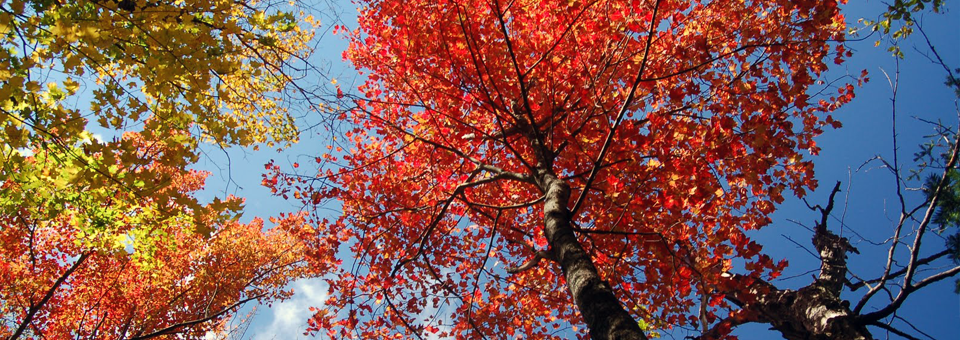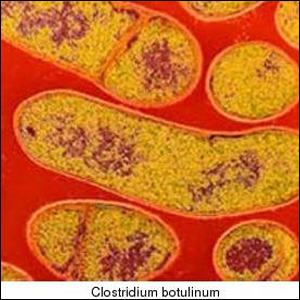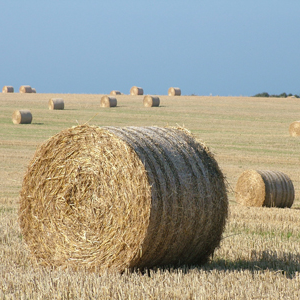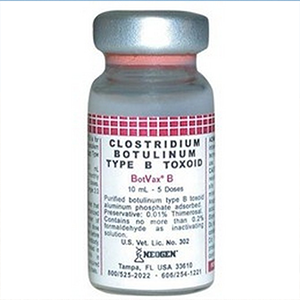You can get in touch with me by telephone or text during normal business hours, through the email form below, or by postal mail at the address listed below.
For emergencies, please call, do not use the contact form.
Contact
Contact Information
484-447-6945
P.O. Box 5011
Limerick, PA 19464
drjessvet.com
Tis the Season...for Equine Botulism
For most people, autumn is the time for falling leaves and unpacking warm clothes.
Posted on: October 30, 2014

Botulism
Unfortunately for horse vets it is also time to start keeping an eye out for botulism cases. Botulism is a very serious and potentially deadly disease that all horse owners should be aware of and vaccinate against. Please read this blog post carefully and share with your horsey friends, even if you have never come across a horse suffering from botulism. I am always very sad when I am faced with a horse that is dying from a case of this disease, and the most common thing I hear from owners is that no one ever told them about botulism, so they had no idea it could be so lethal. By sharing a little bit of knowledge on the disease, hopefully more people can be made aware and save more equine lives.
 You have probably heard of botulism in the context of people becoming ill after eating improperly processed canned goods. Botulism in horses is caused by toxins from the same bacteria, Clostridium botulinum, which lives in anaerobic conditions (meaning “without air”) and is found all over in soil and other organic matter, such as hay, grass and grain, as well as in water. Horses are exquisitely sensitive to the neurotoxins produced by these bacteria, which lead to improper nerve transmission and failure of major body systems if left unchecked.
You have probably heard of botulism in the context of people becoming ill after eating improperly processed canned goods. Botulism in horses is caused by toxins from the same bacteria, Clostridium botulinum, which lives in anaerobic conditions (meaning “without air”) and is found all over in soil and other organic matter, such as hay, grass and grain, as well as in water. Horses are exquisitely sensitive to the neurotoxins produced by these bacteria, which lead to improper nerve transmission and failure of major body systems if left unchecked.
Equine botulism can be classified by the route of transmission or by one of eight serotypes. Most cases are either serotype B or C, with type B being most common in this area (mid-Atlantic USA). Horses acquire botulism most commonly by ingesting preformed toxins in spoiled foodstuffs, but can also become infected via wounds or by the toxicoinfectious route whereby foals ingest botulism spores that later germinate in the GI tract and produce the toxin.
 I most often encounter cases of botulism in horses that have been fed round bale hay, or fed in wet, muddy conditions. Botulism bacteria tend to grow and release toxins in moist, alkaline conditions, and wet fall weather and improperly baled hay or large bales that have been sitting in the weather are prime candidates. I have also seen cases in horses that were kept in pristine conditions and fed small, beautiful hay bales, so botulism can happen to any horse.
I most often encounter cases of botulism in horses that have been fed round bale hay, or fed in wet, muddy conditions. Botulism bacteria tend to grow and release toxins in moist, alkaline conditions, and wet fall weather and improperly baled hay or large bales that have been sitting in the weather are prime candidates. I have also seen cases in horses that were kept in pristine conditions and fed small, beautiful hay bales, so botulism can happen to any horse.
So how does botulism cause damage? After making its way into the body, the toxin blocks the release of a neurotransmitter (something that helps send messages through nerves) called acetylcholine, causing a kind of roadblock to messages trying to be sent from the rest of the body to the brain and back again. The most commonly seen signs of botulism in horses are difficulty swallowing accompanied by drooling from the mouth, and weak tongue tone. Normal horses will pull their tongue back when we try to hold it with our fingers, but horses with botulism will have a tongue that is easily held out from their mouth with little effort. These horses will also take several minutes to consume even a cup of grain, as their tongue and swallowing mechanism are affected. Horses with botulism may also appear depressed, weak, wobbly, may tremble, or have droopy eyelids and wide open pupils. The disease eventually leads to severe difficulty breathing as the nerves responsible for taking breaths are not functioning normally, and horses will eventually become recumbent (unable to rise). Horses that are not diagnosed early in the course of the disease and treated aggressively will die if not euthanized.
Since there is no good test for botulism in live horses, diagnosis relies on obtaining an accurate management history, including vaccination status, from owners and a thorough exam of the horse. Examination of both the major body systems and a neurologic exam are important to differentiate botulism from other diseases causing similar signs, such as West Nile Virus and equine herpesvirus.
Treatment for botulism involves both supportive care and administration of botulism antitoxin when finances allow. IV antitoxin neutralizes the circulating toxins in the body to stop them binding to the nerve endings, but cannot undo damage already done. This damage has to heal on its own over time and may take several weeks. In the meantime, horses require round-the-clock hospital care including feeding via nasogastric tube, antibiotics and anti-inflammatories, IV fluids, and often support in a sling if they are unable to stand on their own. In a few cases I have seen very early signs and have been able to treat horses successfully on the farm with minimal additional care and without antitoxin administration, but in most affected horses, clients do not realize that there is a problem until the disease is well-advanced. Research has shown that when treated with antitoxin before recumbency, approximately 70% of affected horses survive, but horses that have been down for more than 24 hours have a very poor prognosis. The antitoxin itself varies in price, but with supportive care lasting up to several weeks, an average bill for a hospitalized botulism case can easily run $15,000.
 Fortunately there is a very good vaccine available against type B botulism that isn't overly expensive. The primary course is made up of three intramuscular shots given a month apart, followed by a yearly booster. I prefer to vaccinate for botulism in the early fall, before the weather becomes especially wet. The vaccine is safe for healthy horses as well as pregnant mares and foals as young as two weeks old. Prevention in the form of good management is also important. I discourage the feeding of round bales if at all possible, since they are often wet inside after baling, sit exposed to the elements in the field while being fed, and have a higher chance of containing accidentally-baled deceased animals that can also contribute to botulism. If you must feed round bales, look for high-quality, dry, non-moldy bales stored indoors and kept under cover while being fed. Even good quality round bales are not acceptable for feeding only a few horses, as the bale will be in the weather for a prolonged period of time as they slowly eat it. In those cases it is best to store the large bale under cover of a barn or shed and feed only what is needed at the time. Avoid feeding hay and grain directly on the ground to decrease soil consumption, and make sure water sources are clean and fresh. If feeding sileage or haylage, it is very important to make sure it was properly processed, as these can be big sources of botulism toxin.
Fortunately there is a very good vaccine available against type B botulism that isn't overly expensive. The primary course is made up of three intramuscular shots given a month apart, followed by a yearly booster. I prefer to vaccinate for botulism in the early fall, before the weather becomes especially wet. The vaccine is safe for healthy horses as well as pregnant mares and foals as young as two weeks old. Prevention in the form of good management is also important. I discourage the feeding of round bales if at all possible, since they are often wet inside after baling, sit exposed to the elements in the field while being fed, and have a higher chance of containing accidentally-baled deceased animals that can also contribute to botulism. If you must feed round bales, look for high-quality, dry, non-moldy bales stored indoors and kept under cover while being fed. Even good quality round bales are not acceptable for feeding only a few horses, as the bale will be in the weather for a prolonged period of time as they slowly eat it. In those cases it is best to store the large bale under cover of a barn or shed and feed only what is needed at the time. Avoid feeding hay and grain directly on the ground to decrease soil consumption, and make sure water sources are clean and fresh. If feeding sileage or haylage, it is very important to make sure it was properly processed, as these can be big sources of botulism toxin.
Every year I examine at least one horse with botulism. It is a terrible disease that leads affected horses to suffer greatly until their death, if left untreated. I try to tell everyone how important it is to vaccinate for botulism, even if they have never heard of botulism in horses or have seen a case. Once you have seen a horse infected with botulism you will never forget it and most people who have experienced a case immediately start vaccinating their horses so they never have to see it again. Please spread the word about this disease and make an appointment with your veterinarian to start vaccinating if you haven't already.